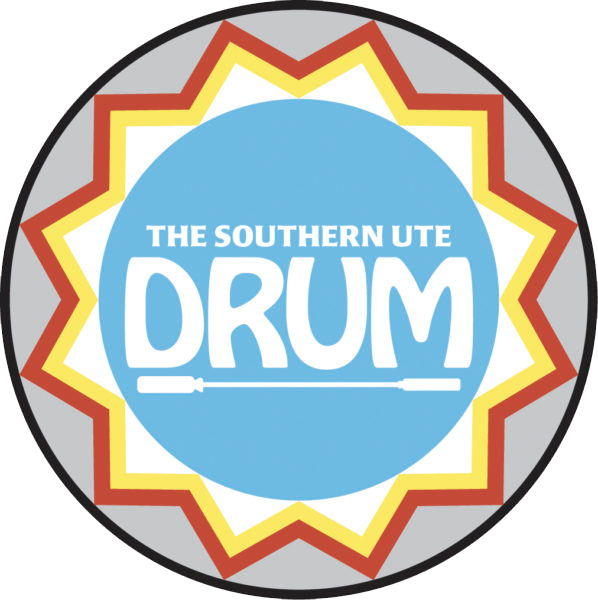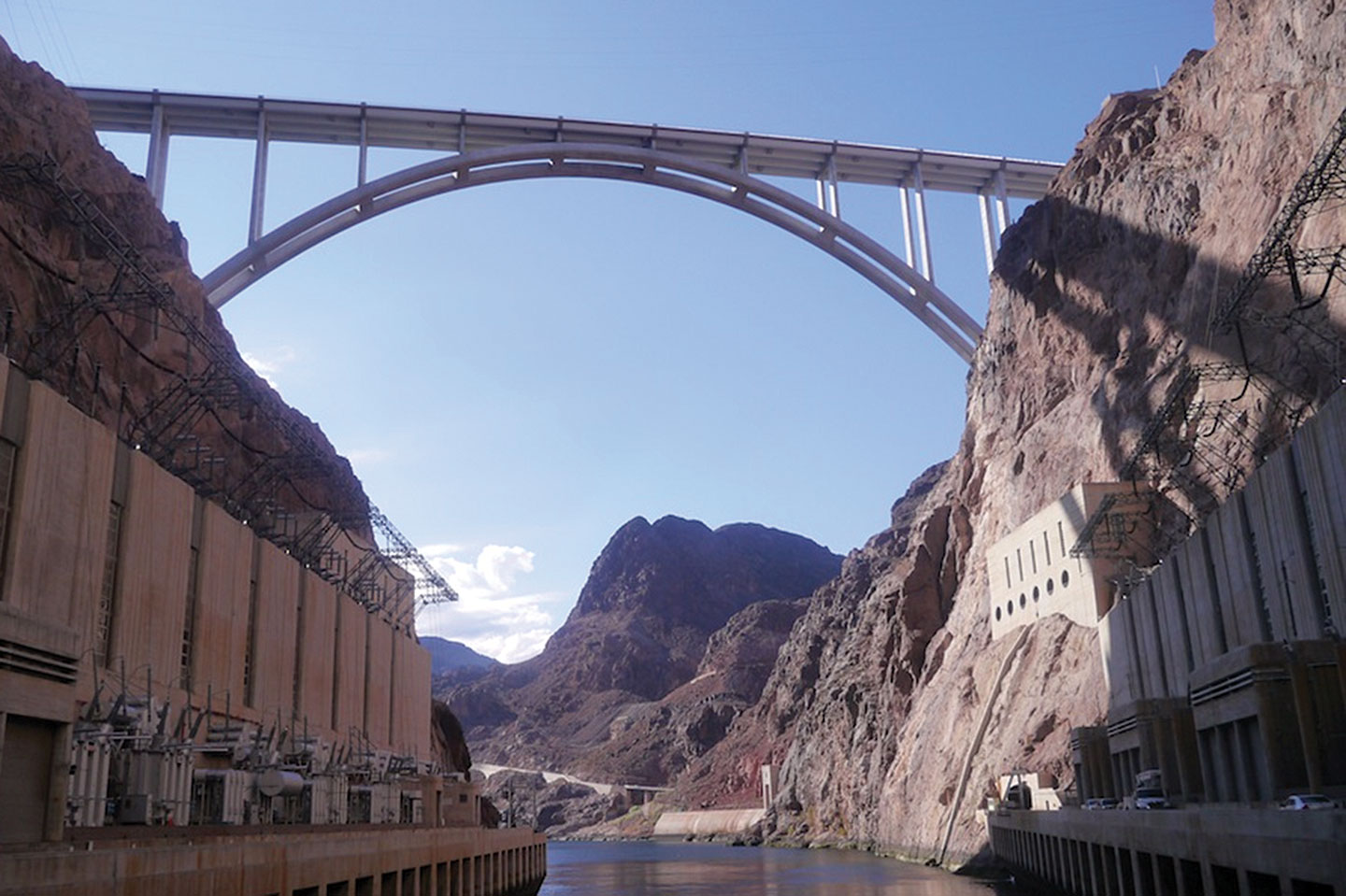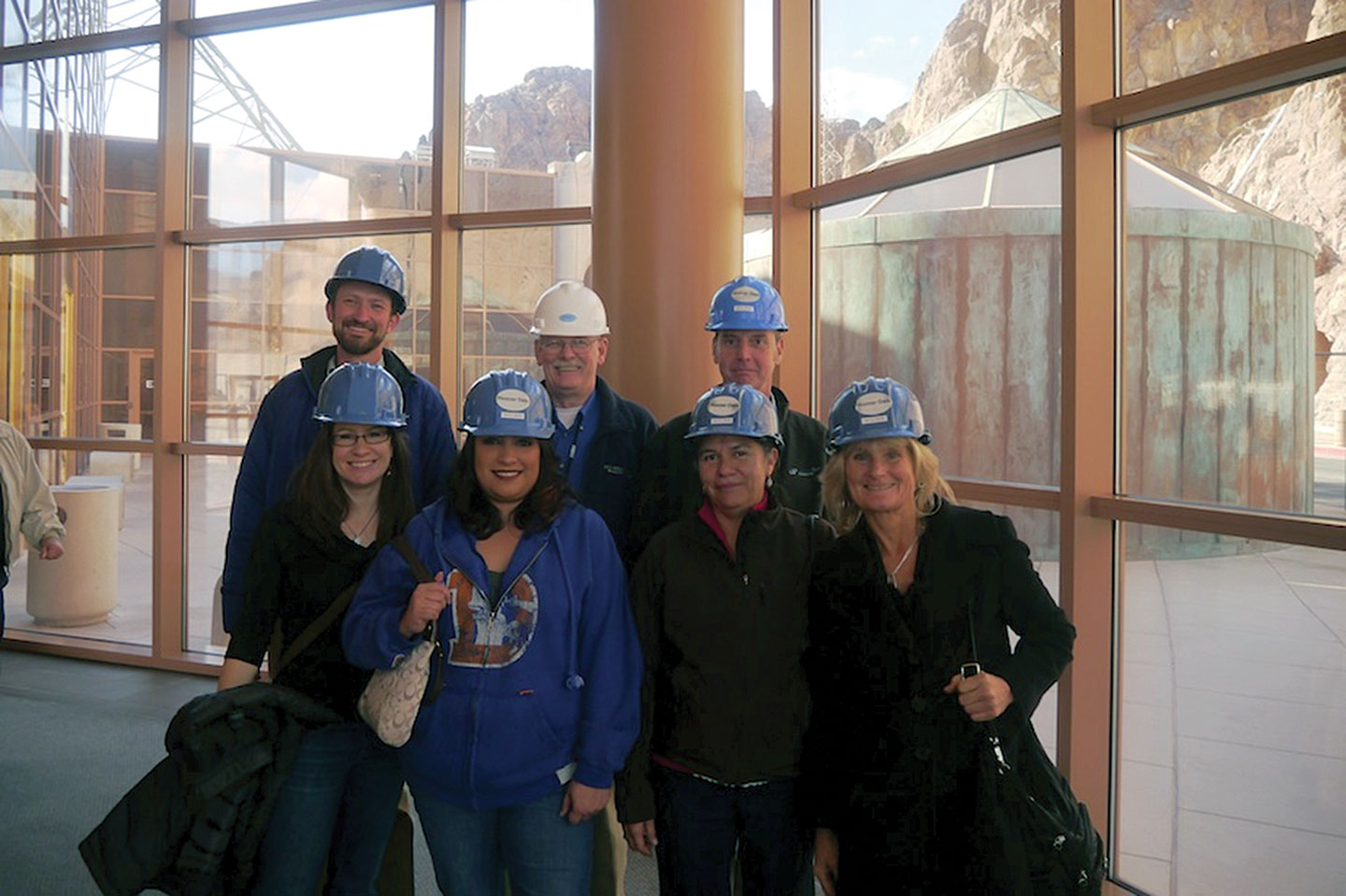Along the Colorado River, there are 29 tribes within the seven Colorado River Basin states with entrusted water rights in excess of 2.9 million acres.
When the Colorado River Compact was signed in 1922, the tribes were not included in the deal, which allocated water between the Upper and Lower Basins. Congress did state that nothing in the compact would affect the United States’ obligation to the tribes.
The Colorado River had been used by Indian tribes well before the compact. Indian tribes along the Colorado River have used the river’s floods to irrigate bottom lands. Since 1867, Congress has recognized the importance of the river waters to the tribes, signaling so by authorizing $50,000 to construct an irrigation canal on the Colorado River Indian Reservation, making this project the first federally funded irrigation project in the United States.
In 1904, legislation authorized the United States to utilize new reclamation policies to increase irrigation on the Fort Yuma and Colorado River Indian reservations.
Since 1922, the tribes and the United States have continued to increase their presence with respect to the Colorado River.
The Parker Dam and Reservoir was built to provide water to southern California via the Colorado River Aqueduct and to control river flows and flood waters. Congress took tribal allotted land from the Chemehuevi Reservation in California for the construction of the dam, and all the fertile land bottoms were condemned and residents relocated off the reservation to construct the dam and build Lake Havasu.
Afterward, the United States’ involvement in the Indian waters progressed, prompting the Arizona v. California case in the U.S. Supreme Court in 1963. Arizona expressed the need to determine its share of water from the Colorado River in order to obtain federal allocations for the Central Arizona Project. Issues arose from the southwestern states, the tribes and the government concerning the allocation of the Colorado River water.
The United States intervened to proclaim the reserved water rights of the five Indian reservations on the lower reaches of the mainstream of the Colorado River; these tribes included the Fort Mojave, the Chemehuevi, the Colorado River Indian, the Quechan Tribe of the Fort Yuma Reservation, and the Cocopah Indian Community.
As a result of the litigation, the Boulder Canyon Project Act was passed and the water rights of the five Indian tribes were included and entitled to priority. It also established the standard for those reserved water rights that those five tribes are entitled to for agricultural purposes. This brought forth the importance of tribal reserved water rights in the West.
In 1988, Congress ratified the Colorado Ute Settlement Act, which measured all of the water rights of the Southern Ute Indian Tribe and the Ute Mountain Ute Indian Tribe. Some of those water rights are in direct stream flow and others in storage projects, such as the Pine River Indian Irrigation Project and the Dolores Project.
Under the Dolores Project, the Ute Mountain Ute Tribe is developing 61,000 acre-feet for the irrigation of agriculture. One of the most critical components of the Colorado Ute Indian settlement is the construction of the Animas-La Plata Project, which, among other things, provides water supplies to both tribes for irrigation and municipal and industrial purposes.
Under the settlement, both tribes received a development fund to assist in reviving their impoverished economies. Following this act, in 1992 Congress enacted a similar act with the Jicarilla Apache Tribe, representing a full and final settlement of the future use water rights claims of the Jicarilla Apache Tribe to the waters of the Colorado River.
In the same year, the Ute Indian Settlement provided the Ute Tribe of Utah with a considerable development fund to compensate for the failure of the federal government to complete Central Utah Project storage facilities for the Ute Tribe. The act provided economic benefit to the tribe in an effort to place it on the same level they would have benefitted from had there been construction of the facilities in the 1985 deferred agreement.
The act also recognizes Congress’ consent to the 1990 Ute Water Compact, which quantifies the tribe’s reserved water rights. The act recognizes the compact must also be approved by the tribe and the state of Utah; to this date, neither has done so.
Because of these historic makings, the Ten Tribes formed the Colorado River Basin Tribes Partnership for the purpose of strengthening tribal influence over the management and utilization of Colorado River water resources. In 1996, the Ten Tribes Partnership formally joined the Colorado River Water Users Association, with three of its members serving on the board of trustees.
The tribes comprising the partnership are the Southern Ute, Ute Mountain Ute, Jicarilla Apache, Ute Tribe of Utah, Fort Mojave, Cocopah Indian Community, the Colorado River Indian Tribes, the Quechan Indian Tribe of Fort Yuma, Chemehuevi and the Navajo Nation. Since its development, the Ten Tribes has worked with seven basin states, the United States, and CRUWA to develop and endorse solutions to areas of concern.




